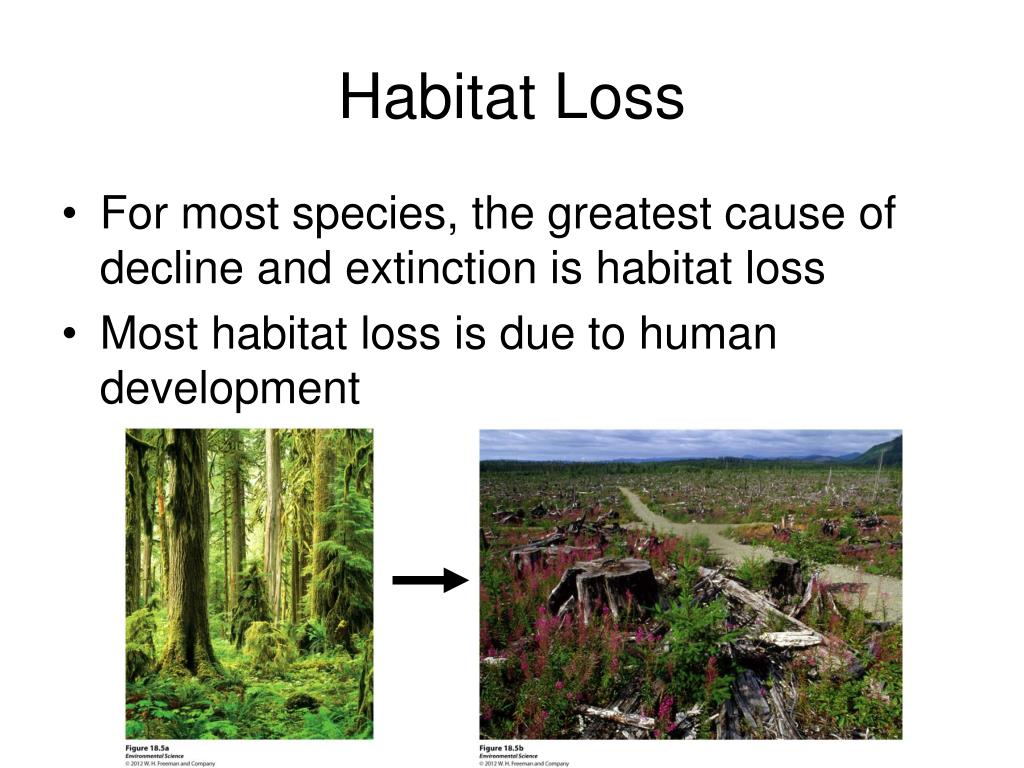Praying mantises are among the most fascinating and unique insects on Earth, known for their distinctive appearance and predatory behavior. With their elongated bodies, triangular heads, and large, grasping forelegs, mantises are a common sight in gardens and fields worldwide. But with increasing concerns about biodiversity and the impacts of human activity on wildlife, many wonder: Are praying mantises endangered?
The Status of Praying Mantises
In general, praying mantises are not considered an endangered species on a global scale. They are widespread across various continents, including North America, Europe, Asia, and parts of Africa. However, the conservation status of mantises varies depending on the species and region. While most species are not at immediate risk of extinction, habitat loss, pesticide use, climate change, and other environmental factors may affect certain populations.
Praying Mantises: A Diverse Group
There are over 2,400 species of mantises across the globe, with a wide range of habitats. Some species live in tropical forests, while others can be found in deserts, grasslands, and even temperate regions. This diversity plays a significant role in their adaptability, but it also means that the conservation needs of mantises are not uniform. While many species are thriving, there are some that face greater threats due to specific environmental factors.
Habitat Loss and Environmental Threats

One of the most significant threats to praying mantis populations is habitat loss. As human activity continues to encroach on natural habitats through urban development, agriculture, and deforestation, many species are losing the environments that sustain them. Praying mantises are highly dependent on plants for shelter and food, so changes in the availability of these resources can directly impact their survival.
Pesticides are another concern for mantises. These chemicals, commonly used in agriculture, can be toxic to insects. Since praying mantises are beneficial predators that help control pest populations, the widespread use of pesticides in agricultural practices can reduce their numbers by killing them directly or contaminating their food sources.
Climate change also poses a significant threat to many insect species, including mantises. Shifts in temperature, precipitation patterns, and seasonal changes can disrupt mating, migration, and feeding behaviors. Praying mantises, like many insects, are sensitive to temperature fluctuations, and changes in climate may impact their ability to thrive.
Conservation Efforts
While praying mantises as a whole are not endangered, certain species are being closely monitored for conservation. In some regions, efforts are being made to preserve their habitats by protecting natural areas and promoting sustainable farming practices. For example, organic farming methods that avoid harmful pesticides can create safer environments for mantises and other beneficial insects.
Some conservation programs also focus on educating the public about the importance of mantises in ecosystems. By encouraging people to protect these insects and their habitats, conservationists hope to reduce the impact of human activity on mantis populations.
Conclusion
In conclusion, while praying mantises are not currently classified as endangered, some species may be at risk due to habitat loss, pesticide use, and climate change. As with many other species, it is essential to monitor their populations and take steps to protect their habitats and natural food sources. By promoting sustainable practices and fostering awareness about the role of mantises in ecosystems, we can help ensure that these incredible insects continue to thrive for generations to come.
In the broader context of biodiversity, mantises serve as a reminder of the delicate balance between human activity and the natural world, emphasizing the importance of preserving the habitats that support a vast array of species.



